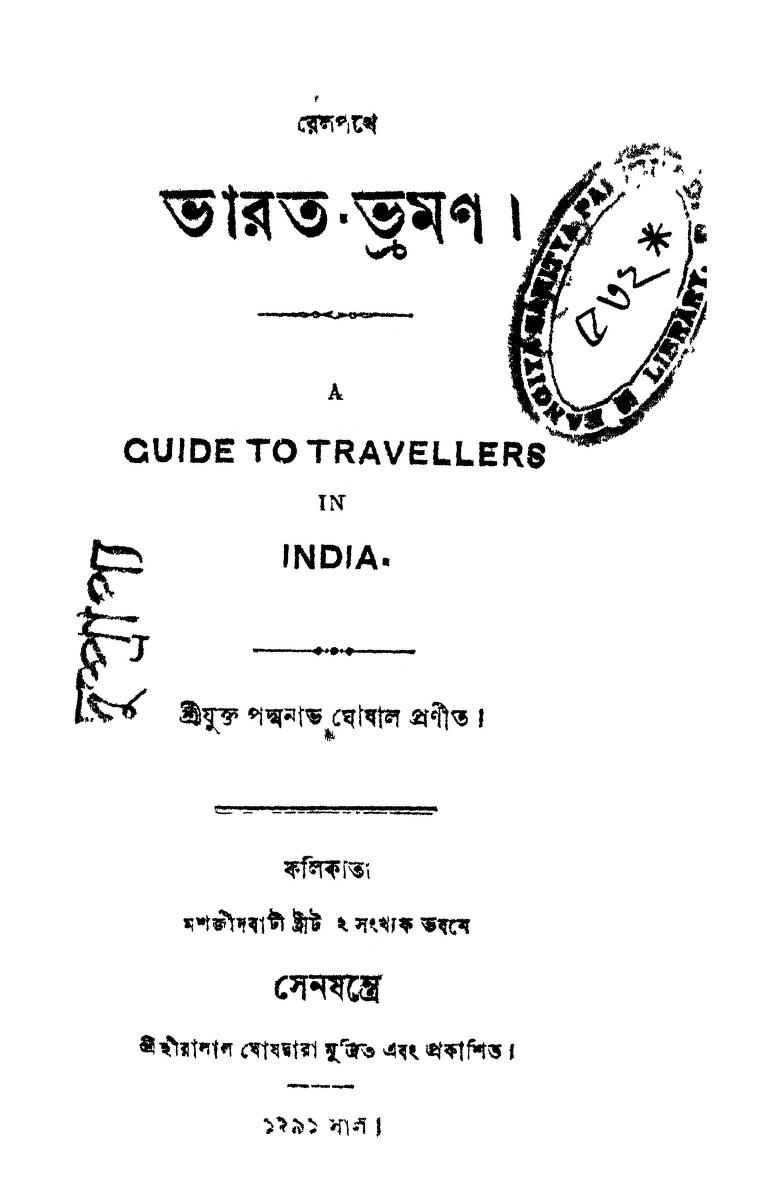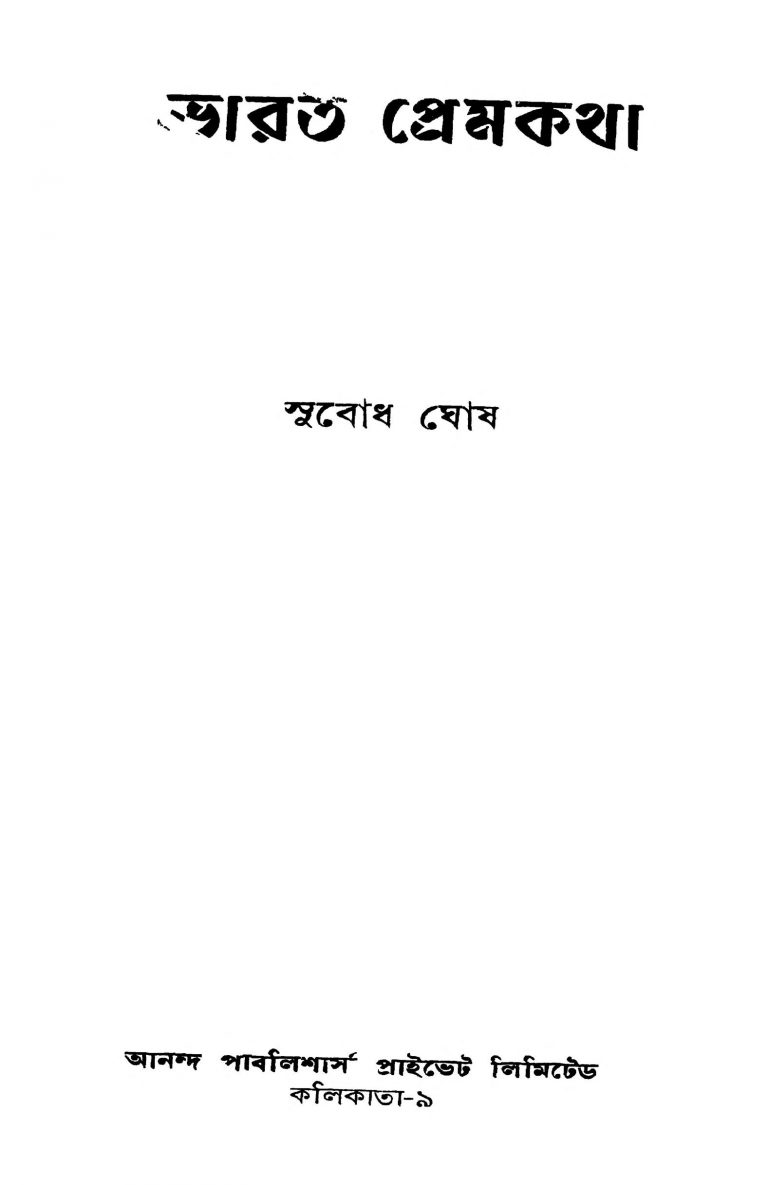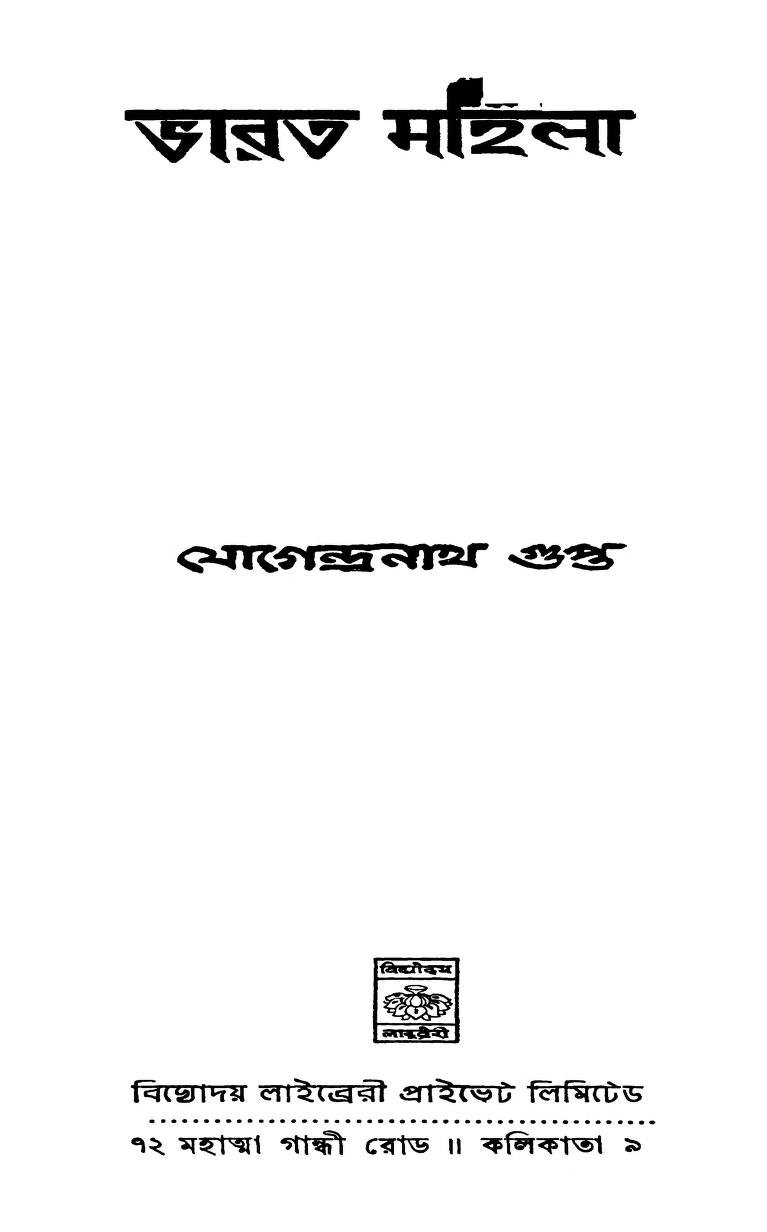
'Communication and Colonialism in Eastern India: Bihar, 1760s–1880s' departs from the dominant scholarship in South Asian history that focuses narrowly on railways, and instead argues that any discussion of railway-generated changes needs to see such changes, at least up to the 1880s, as situated amidst existing patterns and networks of circulation within which roads and ferries were crucial. It contends that the putative nation-space articulated the hegemony of the Anglo-vernacular middle-classes, that is, English educated, upper caste, male Hindus where women, non-Hindus, and the labouring classes were marginalised. Unlike in Europe, where the ideas of homeland and nation overlap, these writers imagined the Indian nation-space as one encompassing diverse ethno-linguistic homelands.

The paper further argues that the later writers made a distinction between the idea of a homeland and a nation. It contends that this process of secularisation posited Hinduism as the civil religion of India. The paper argues that for Tagore the mountains were the ‘holy lands of Brahma,’ while Sen and Bharati depicted the Himalaya with a political slant and secularised the space of Hindu sacred geography. It examines sections of Devendranath Tagore’s autobiography, written around 1856 – 58, before discussing the travelogues of Jaladhar Sen and Ramananda Bharati from the closing years of the nineteenth century.


This paper examines changing conceptions of the Himalaya in nineteenth century Bengali travelogues from a sacred space to a spatial metaphor of a putative nation-space.


 0 kommentar(er)
0 kommentar(er)
